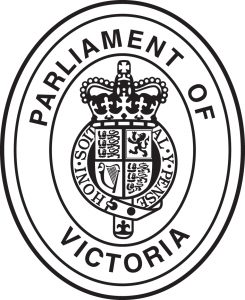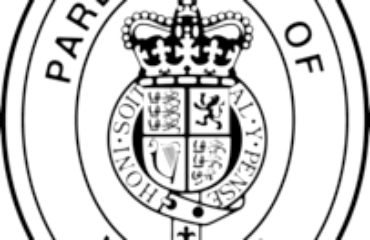
MS PATTEN (Northern Metropolitan) (10:57:03): I too would like to speak briefly on Mr Barton’s motion, which I think is a very sensible one and one which I am very pleased incorporates much of my region of Northern Metropolitan with the extension of the free tram zone around the universities.
It is effectively 6 kilometres of track that would be added to the zone and affect 13 different tram routes. The overarching goal, which I think is a very good one, is to improve access to universities, hospitals, sporting precincts and of course the city.
I would probably like to add that during the inquiry the committee should look at the Melbourne Convention and Exhibition Centre as well, because as we see—and as Mr Davis pointed out—by putting free transport into places like Docklands you really can invigorate an area.
I think this is one of the very effective ways of using our public transport to offset some of the costs that Ms Taylor pointed out, because it brings more commerciality to those areas. It means people are spending more in the areas and small businesses are benefiting from that.
The student union at Melbourne University has been campaigning for some time to extend the free tram zone up to Melbourne University. As someone who catches the tram down Swanston Street most weeks, I can see this makes an awful lot of sense. And we are not the only city to do this.
As Mr Barton mentioned, Tallinn in Estonia has done this. I just note that Luxembourg—I think Ms Taylor mentioned Luxembourg—is also going down this path of making public transport completely free. Where there may be a cost—and if we use the example of the preliminary costings that Mr Barton has had of $4 million to $5 million in lost revenue—that would be offset by things like the cost of managing the fares.
I do not know how much Myki costs, but I am pretty sure that the fares we collect barely cover the cost of collecting them. This is something I would be very interested to hear from the committee. How much does it cost to collect the fares that we are collecting? Could we use that money better? And does extending free tram zones not just in these areas but maybe even more broadly really actually invigorate the local economy and therefore actually improve things?
Just very quickly, I certainly commend the Committee of Melbourne for the work that they have done in this area and some of the costings that they have done. They have really considered this. Certainly the National Gallery of Victoria says that this would bring probably close to 75 000 new visitors to the gallery, which is significant.
We know that our tourists love our trams; they love the free trams, but they do get confused when they are catching the tram and all of a sudden they get to the Yarra and they realise that now they have to pay to get to the Arts Centre Melbourne or the national gallery. The same goes for going down to the MCG, going to the university or even going to St Vincent’s Hospital.
So we are not talking about a large area but we are talking about an area that would have a significant effect. In France, for example, they found that passenger aggression was greatly reduced. They found there was an incredible decrease in antisocial behaviour because 90 per cent of aggression on trams was due to fares. Operators were able to achieve faster boarding times.
I take Mr Davis’s point that Myki touch-on/touch-off does enable us to collect a lot of data about the usage of our tram system, so looking at alternatives on how we might collect that data if people are not using their Mykis is something I would be interested in the committee considering.
As I have said before, when customers can get around with greater ease, this makes it a lot better for our small businesses around our city, but it also makes the city more accessible and fairer for our low-income earners, especially students. For people who are suffering social isolation—this is something that is very close to my heart—this does enable people to get out and about more easily. Anything that we can do to do that is an improvement.
Certainly for people with disabilities enabling a much simpler way of using our public transport is very sensible, so I commend it.
I suppose because I have an inner-city electorate—I know Acting President Elasmar would agree—quite often we talk about wonderful transport and free transport in our inner city. Then I talk to my constituents in Epping or my constituents out in Meadow Park or Broadmeadows and they say, ‘We would just like a bus that goes somewhere near our houses a couple times a day’.
So while I think this is a very important and very good motion, and I am very pleased to support it, I am constantly conscious that while we talk up the inner city, we have to be very conscious of the disadvantage that our sprawling outer suburbs are experiencing, and obviously our regional and rural areas also have these issues. I would like to commend the motion.
Fiona Patten MP
Leader of Reason
Member for Northern Metropolitan Region
Speech given 5/6/19

